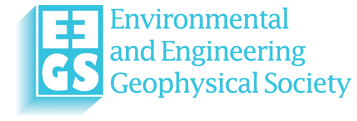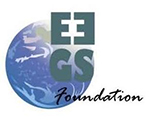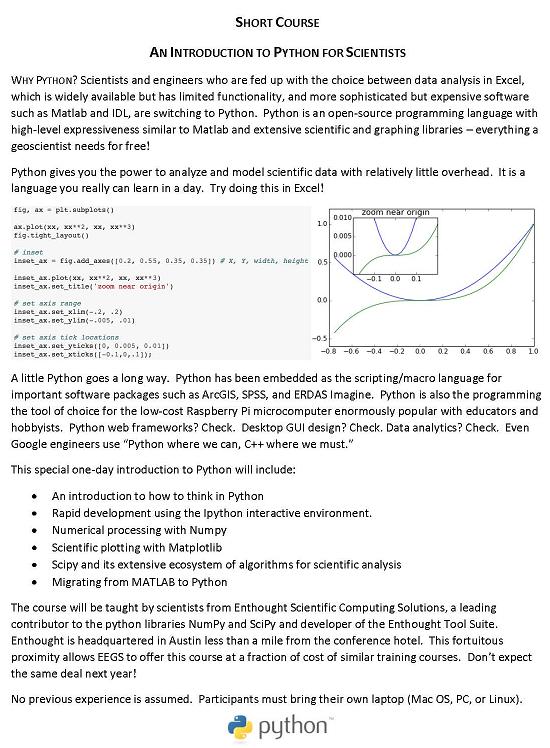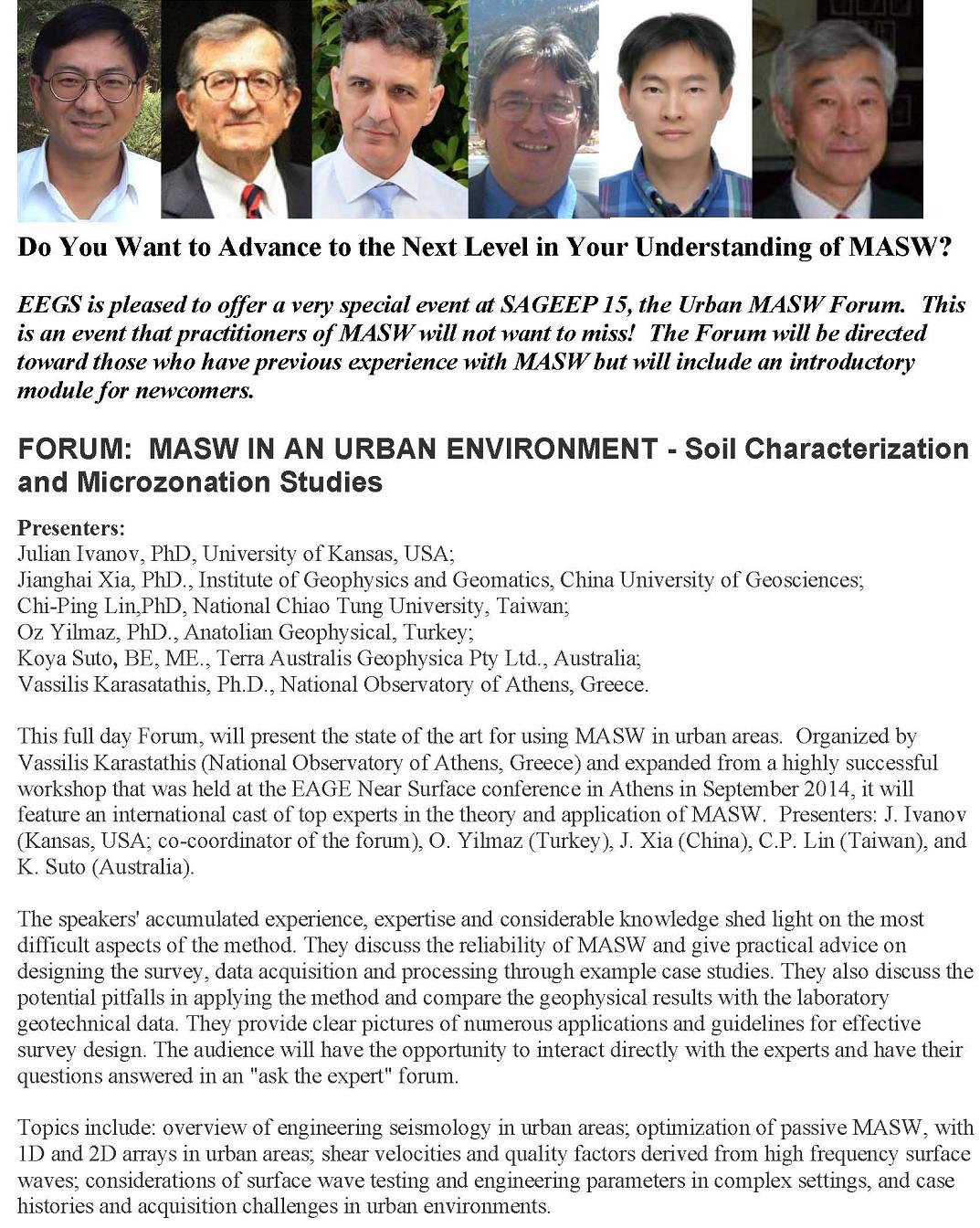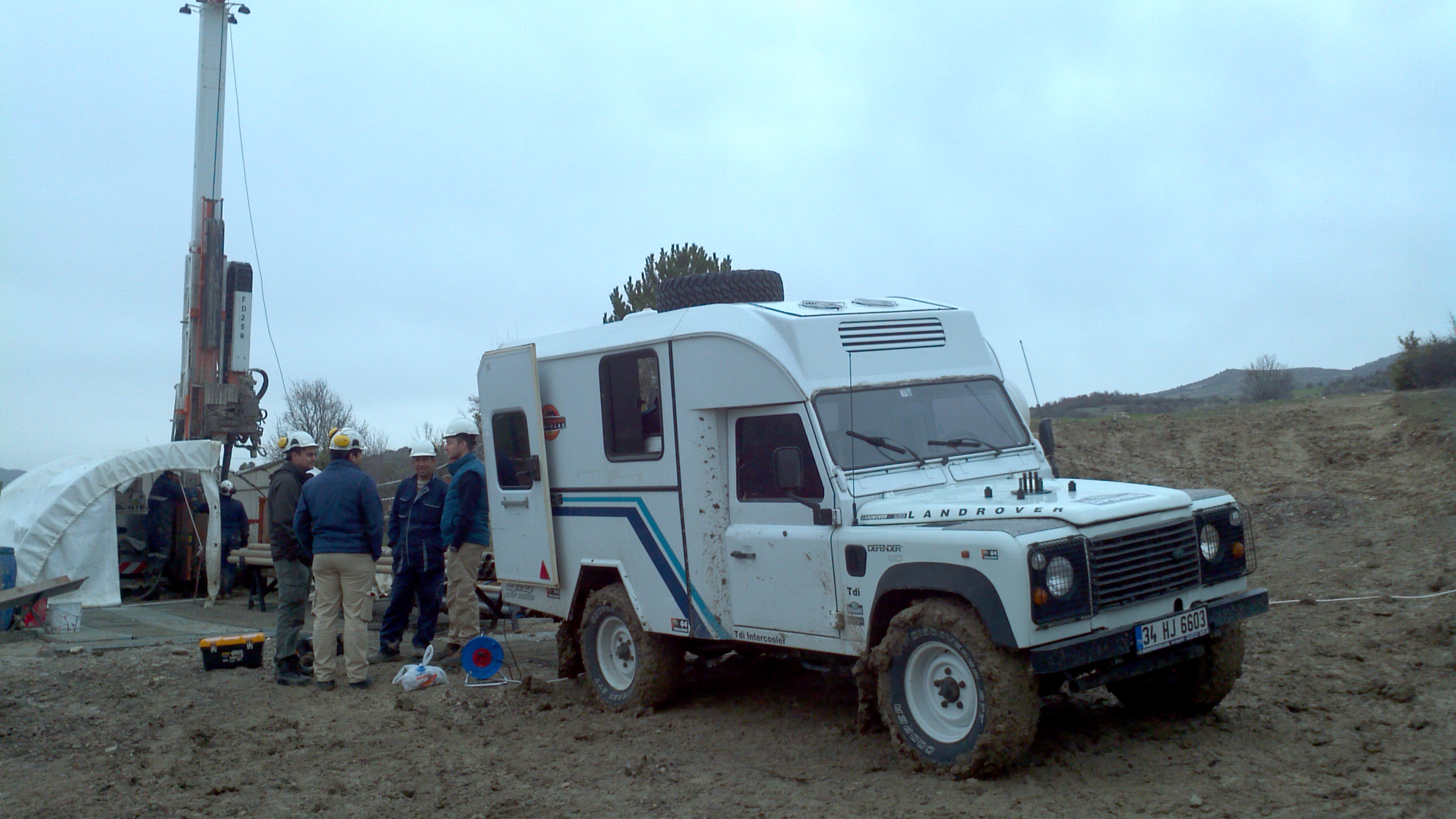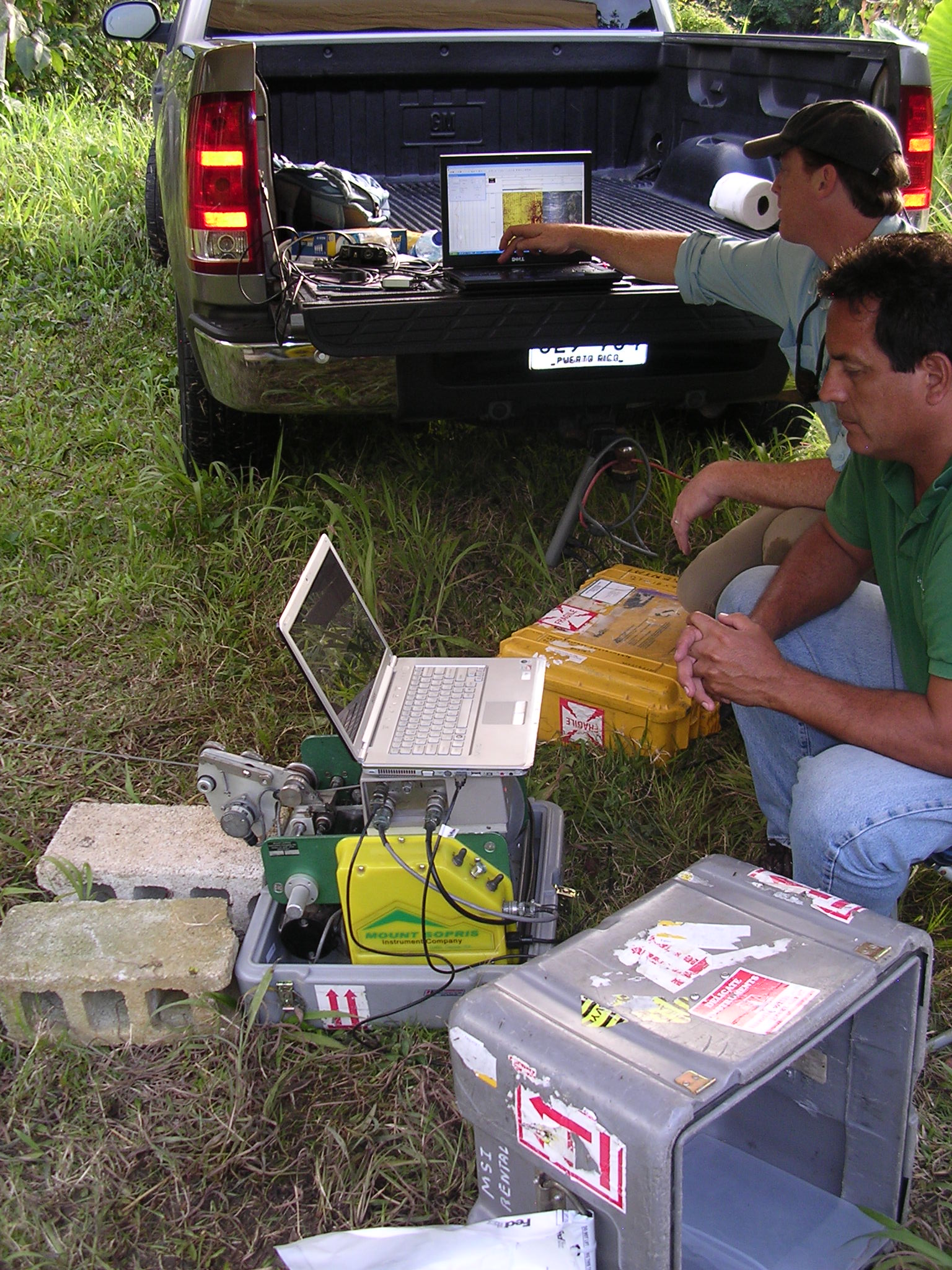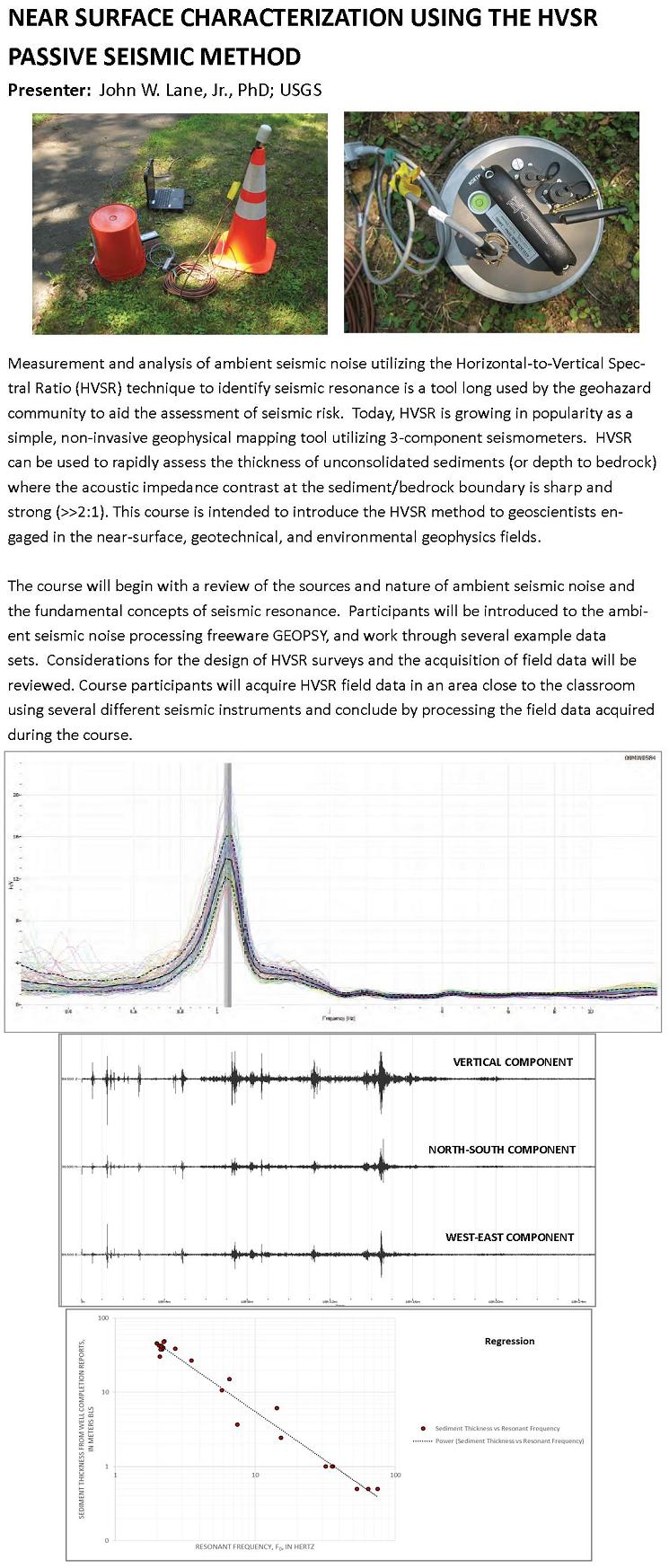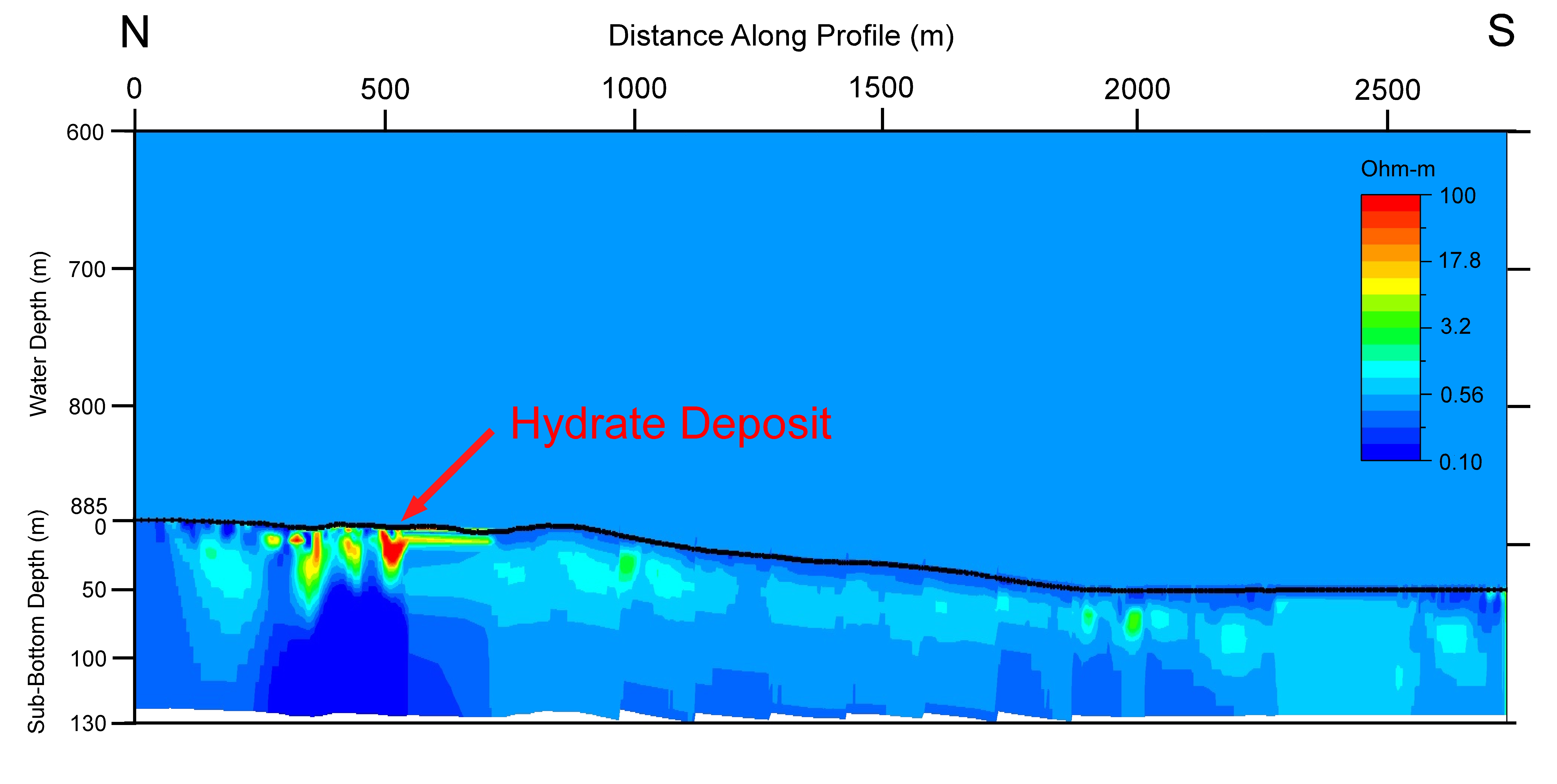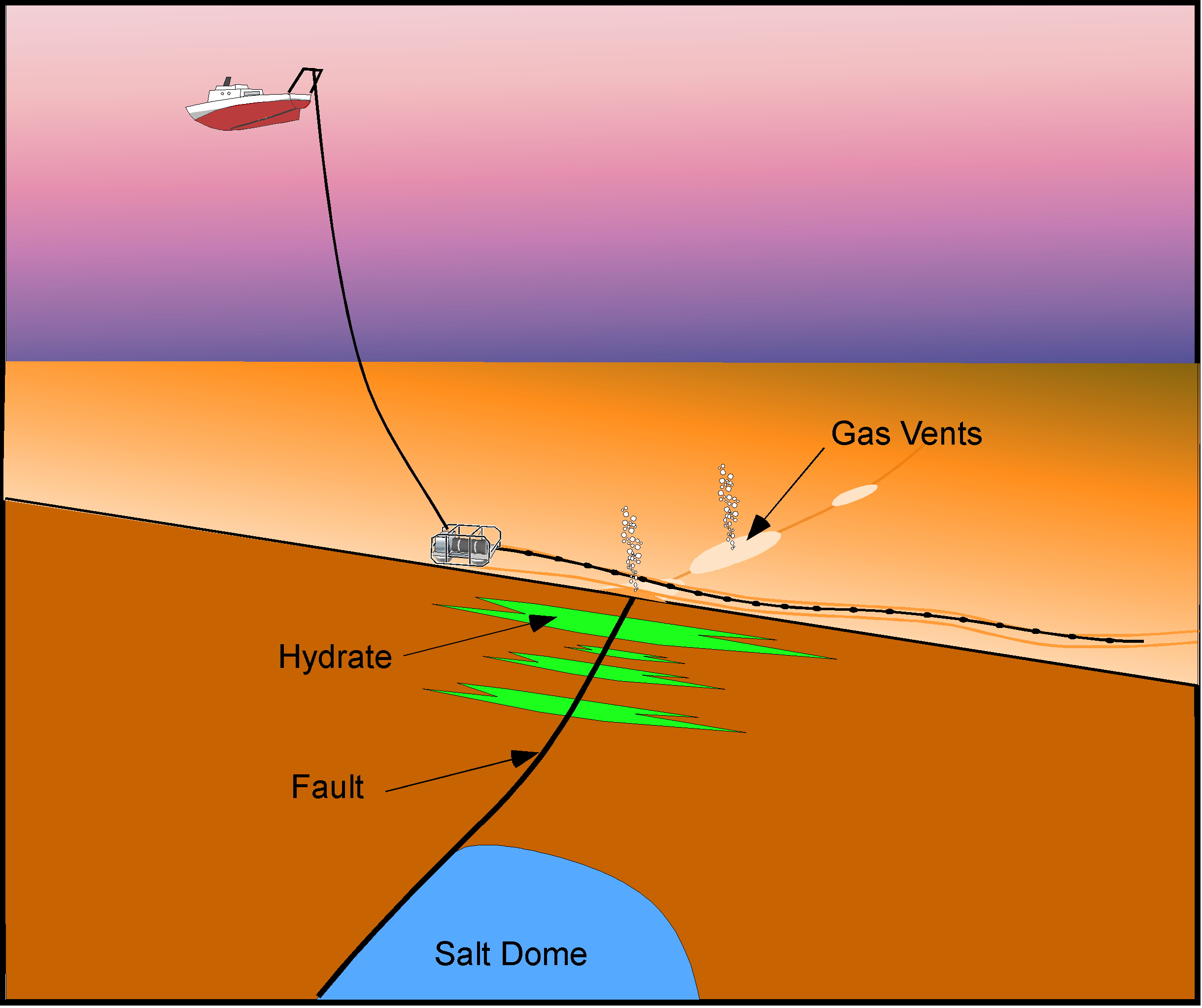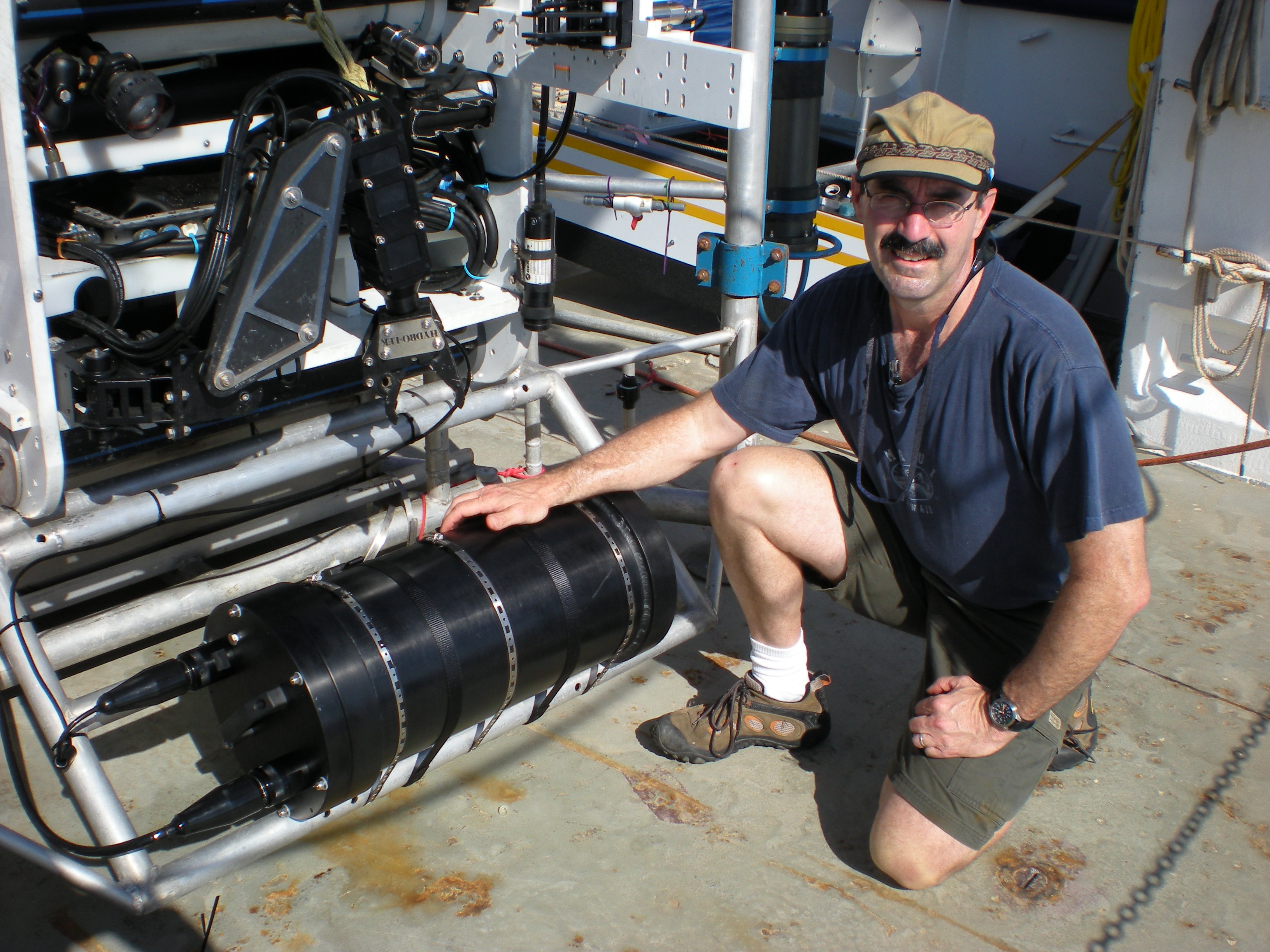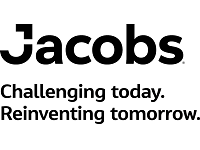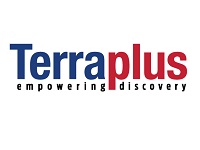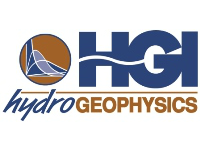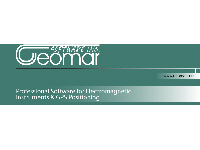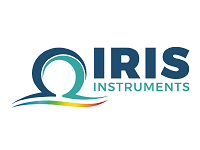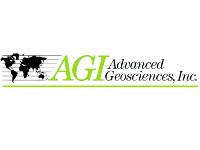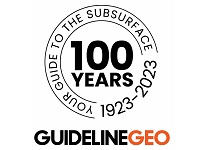- Home
- About Us
- GAINS
- News/TAG Webinars
- Membership
- Annual Meeting/SAGEEP
- SAGEEP 2026
- SAGEEP 2025
- SAGEEP 2025-Munitions Response Meeting Abstracts/Sessions
- SAGEEP 2025-MRM Exhibiting/Sponsorship Opportunities
- SAGEEP 2025-MRM Accommodations
- SAGEEP 2025-MRM Registration Information
- SAGEEP 2025-MRM Program
- SAGEEP 2025-Munitions Response Meeting Short Courses
- SAGEEP 2025/MRM Luncheons/Conference Events/Activities
- SAGEEP 2024
- SAGEEP 2023
- SAGEEP 2022
- SAGEEP 2021
- SAGEEP 2020 Exhibiting/Sponsorship
- SAGEEP-2019
- SAGEEP 2019 Exhibiting/Sponsorship
- SAGEEP 2018
- SAGEEP 2017
- SAGEEP 2016
- SAGEEP 2015
- Proceedings SAGEEP 2024
- Proceedings SAGEEP 2023
- Proceedings SAGEEP 2022
- Proceedings SAGEEP 2018
- Proceedings SAGEEP 2025
- Publications & Merchandise
Short Courses
Sunday, March 22, 2015
SC-1: AN INTRODUCTION TO PYTHON PROGRAMMING FOR SCIENTISTS - Course will be held at Enthought offices at 515 Congress Ave., Suite 2100, Austin, TX 78737. Participants will need to bring a laptop with Canopy installed. All participants will receive a 1 year subscription to Canopy we will email them with Canopy download instructions one week prior to the course. For those that register late, we will have support staff on site before the course begins to help with installation.
Thursday, March 26, 2015
SC-2: RECENT ADVANCES IN BOREHOLE GEOPHYSICS We will discuss the use of slimline full waveform sonic tools and semblance processing to estimate shear wave arrivals. The instructors will outline a step-by-step process for determining flexural (shear) wave arrivals from basic P-wave geophysical logs, and subsequent estimation of engineering properties, Young’s Modulus, Poisson’s ratio and other parameters. Attendees will have opportunity to use the latest WellCAD software to process full waveform sonic data.
SC-3: NEAR SURFACE CHARACTERIZATION USING THE HVSR PASSIVE SEISMIC METHOD Thursday, March 26 and Friday Morning, March 27, 2015
SC-4: PRACTICAL CONSIDERATIONS FOR SHALLOW MARINE SURVEYS This 1.5 day course will provide hands-on instruction in design, operation, and analysis of sub-bottom profiler and marine resistivity data. Dr. John Dunbar, Baylor University, will lead the course with support from local staff from Advanced Geosciences, Inc. (AGI) and Specialty Devices (SDI). The course will include a full day (Thursday) of classroom training along with a half day (Friday morning) of field demonstration at Lady Bird Lake in Austin. The proximity of the facilities of Baylor, AGI, and SDI along with the watercraft in Austin make this a unique opportunity that may never be repeated.
|
|||||||||
